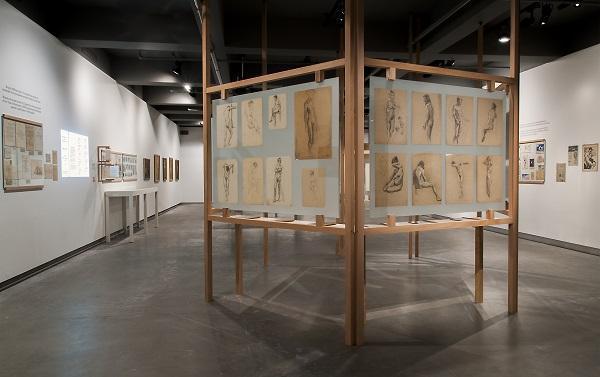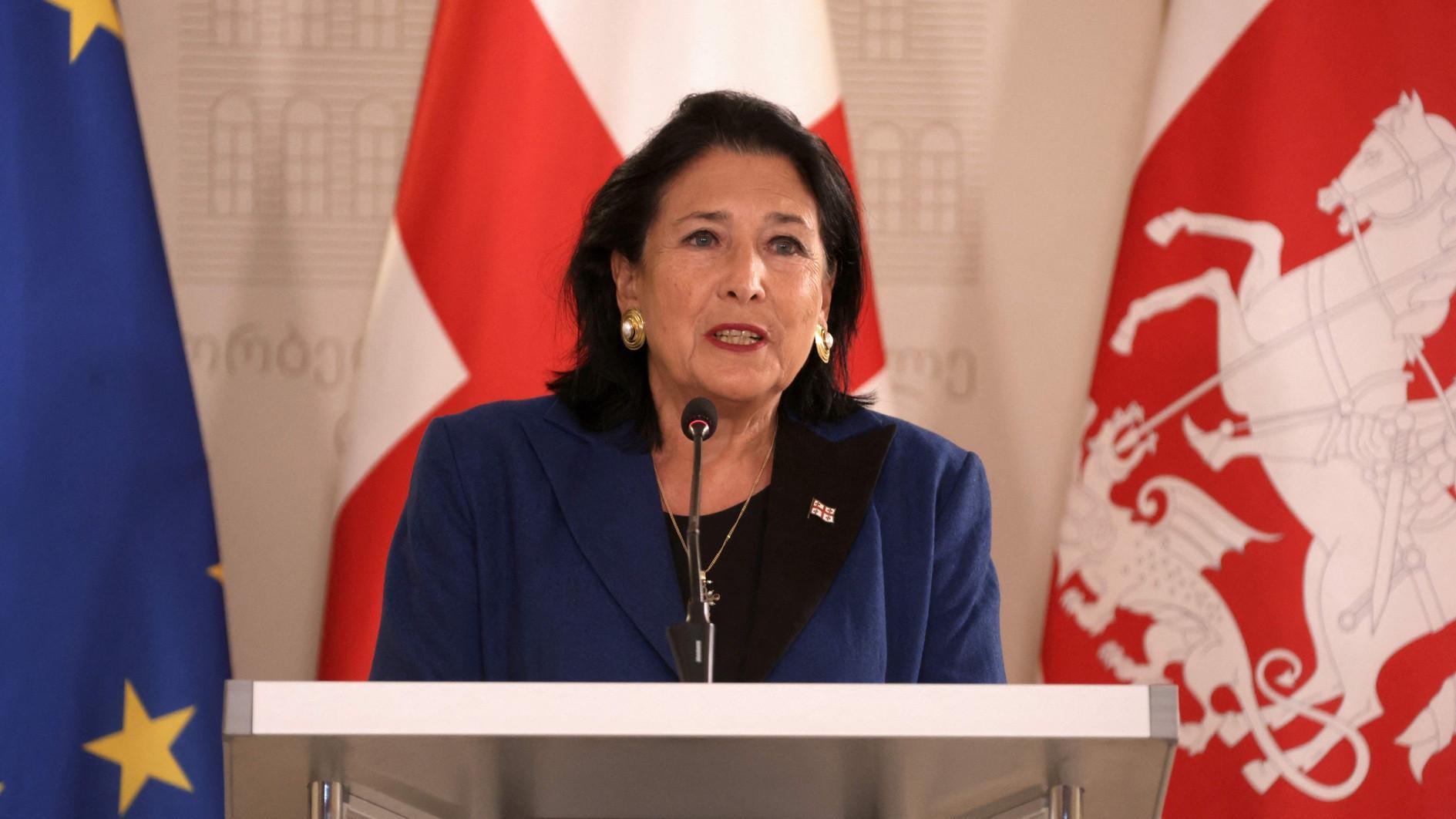Turkey’s first female illustrator unearthed at exhibition
ISTANBUL
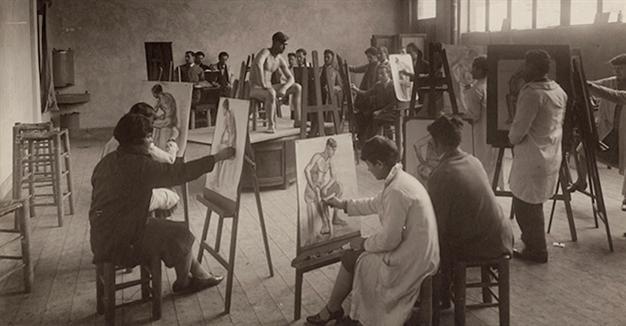 In 2014, a collection of Sabiha Rüştü Bozcalı’s (1904-1998) works and documents was introduced and later donated to SALT Research. The contents of this archive exposed the compelling life of painter Bozcalı and her importance as a key figure in the cultural history of Turkey.
In 2014, a collection of Sabiha Rüştü Bozcalı’s (1904-1998) works and documents was introduced and later donated to SALT Research. The contents of this archive exposed the compelling life of painter Bozcalı and her importance as a key figure in the cultural history of Turkey. 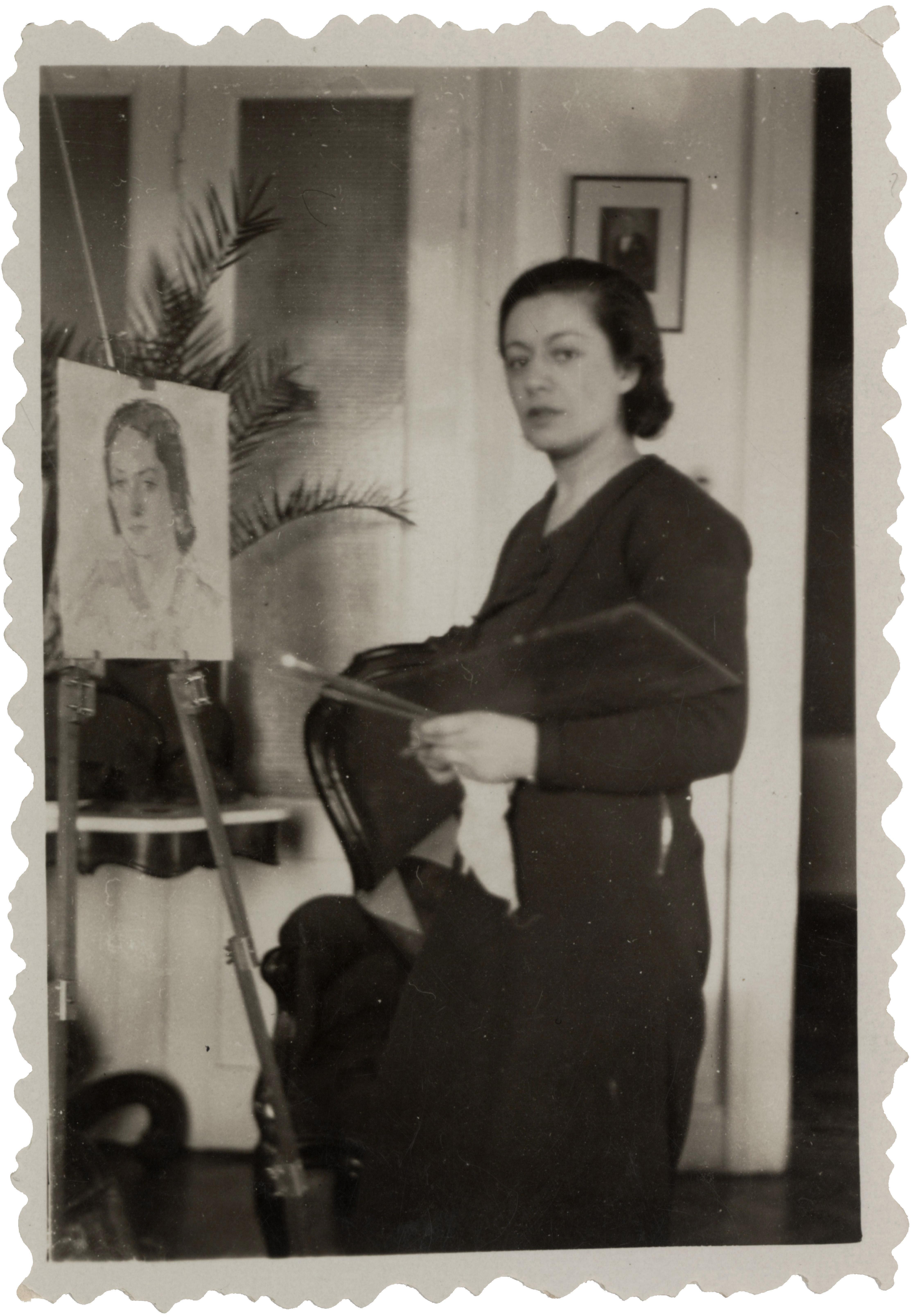 Previously little-known, the complex artistic career of Bozcalı, who grew up as the Ottoman Empire came to a close and the Republic of Turkey was born, is explored for the first time through an exhibition of her drawings, paintings, photographs, letters, postcards and various publications she contributed to.
Previously little-known, the complex artistic career of Bozcalı, who grew up as the Ottoman Empire came to a close and the Republic of Turkey was born, is explored for the first time through an exhibition of her drawings, paintings, photographs, letters, postcards and various publications she contributed to.Bozcalı was born into a privileged diplomatic family; her father was an admiral and her two grandfathers served as the minister of the interior and minister of the Navy. She began painting at the age of five with her mother’s encouragement and was first tutored by Ali Sami Boyar, a painter and museum director.
At the age of 15, Bozcalı went to study abroad, in Berlin, Munich, Paris and Rome, working in the studios of prominent painters such as Lovis Corinth, Moritz Heymann, Karl Caspar, Paul Signac and Giorgio de Chirico. She also attended the studio of Namık İsmail at the State Academy of Fine Arts in Istanbul between 1928 and 1929.
Described by the Neo-Impressionist artist Paul Signac as someone who was “talented, having sensibility that painting requires, and entirely dedicated to difficult working conditions of this profession,” Bozcalı painted landscapes and still lifes, yet her portraits aroused the most serious interest.
Between 1938 and 1943, in the early years of the republic, Bozcalı took part in the government program “Trips to Homeland,” organized by the ruling Republican People’s Party (CHP) and state-run Halkevleri (People’s Centers). The aim of this program was to document the process of modernization, along with the creation and implementation of a new cultural identity across Turkey.

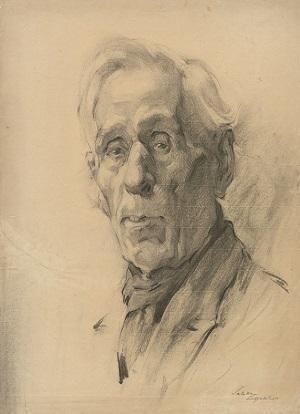
In this scheme, Bozcalı was officially sent to the northern province of Zonguldak in 1939 to paint aspects of industrial development. She contributed to the transformation of visual language of the period in advertising and publishing with her drawings for important institutions such as Yapı Kredi Bank and the İnhisarlar İdaresi (Directorate of Monopolies) that changed its name to TEKEL in 1946.
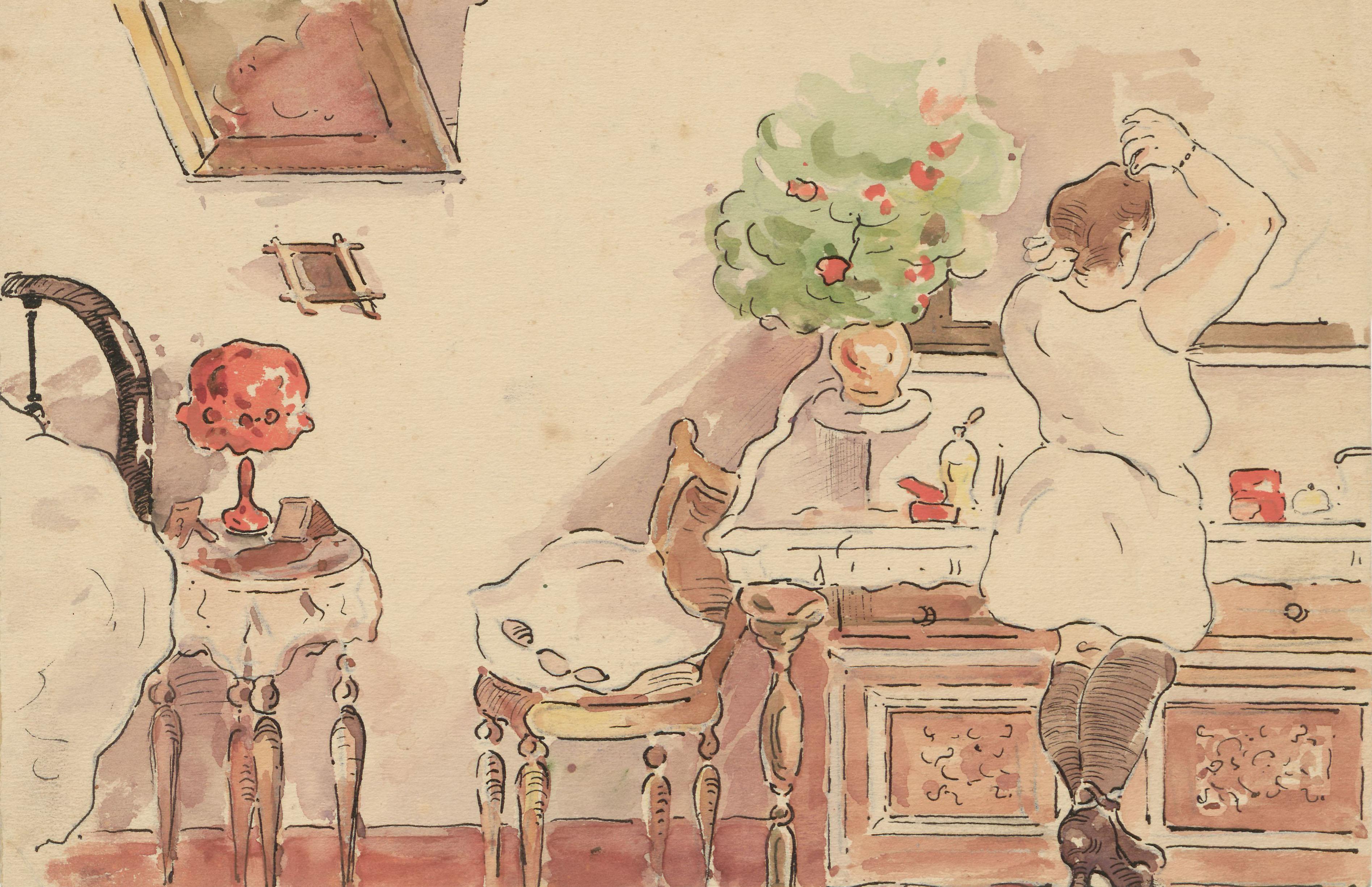
After 1953, Bozcalı started to work as a newspaper illustrator for various dailies including Milliyet, Yeni Sabah, Hergün, Havadis, Cumhuriyet and Tercüman. Alongside her role as one of the principle illustrators of historian Reşad Ekrem Koçu’s Istanbul Encyclopedia, her drawings also appeared in books by writers such as Nezihe Araz, Cahit Uçuk and Refii Cevad Ulunay.
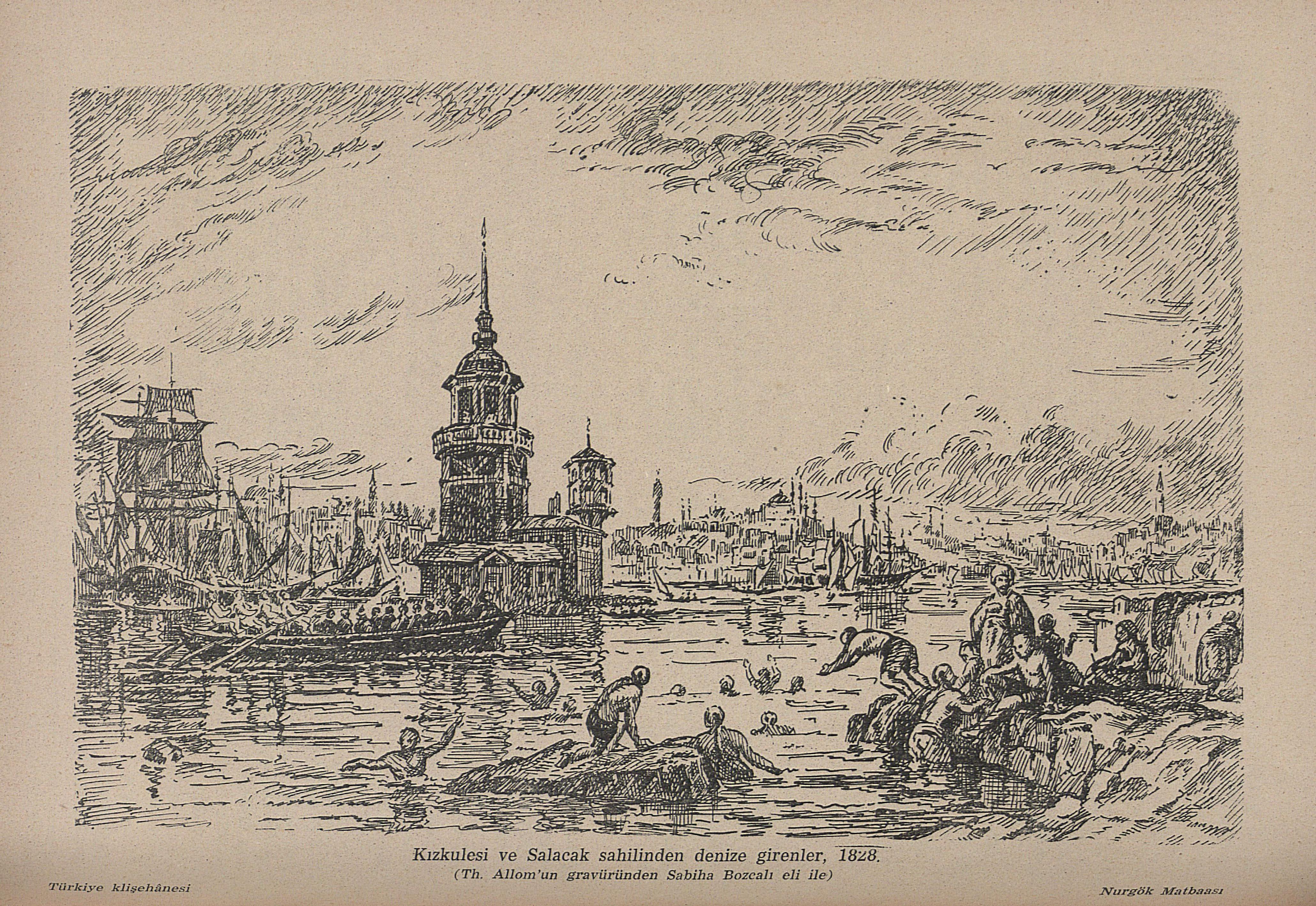
Highlighting the diversity of Bozcalı’s professional production through the social changes that occurred during her time life, the exhibition includes documents, photographs and drawings from the artist’s archive at SALT Research as well as documents from the Sabiha Bozcalı section of Taha Toros Archive kept by Istanbul Şehir University, in addition to watercolor and oil paintings from her family’s collection.
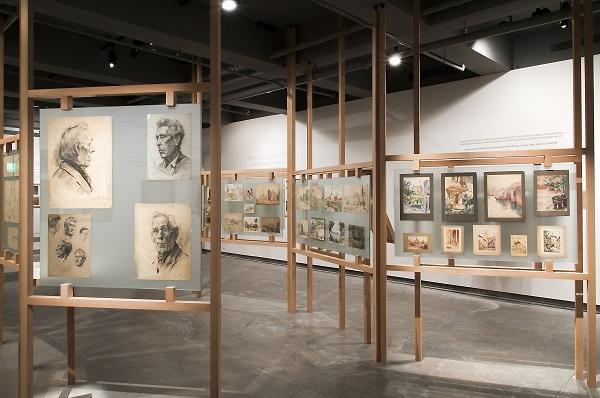
The exhibition, which opened Dec. 22, will remain open through Feb. 28, 2016.
